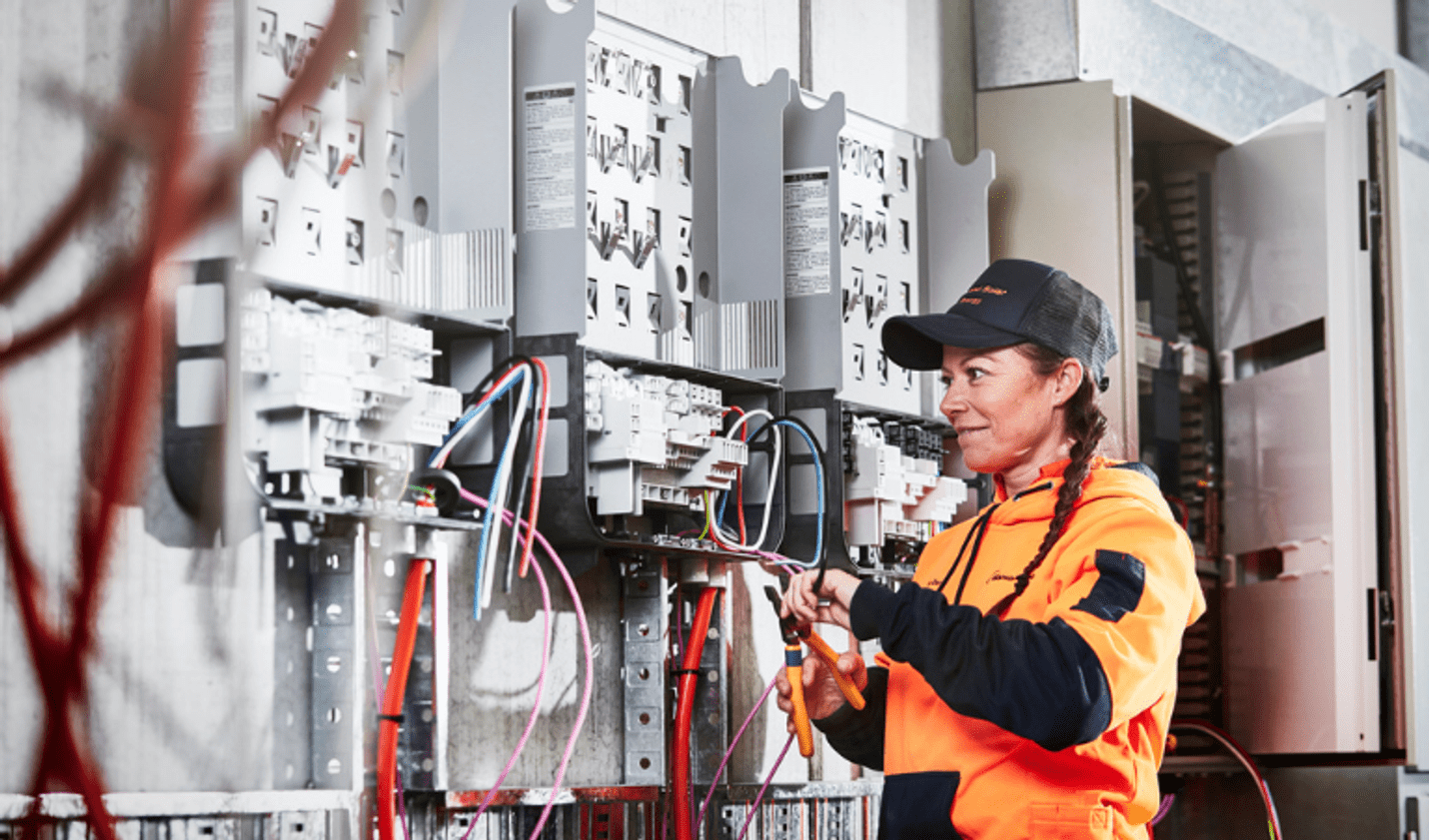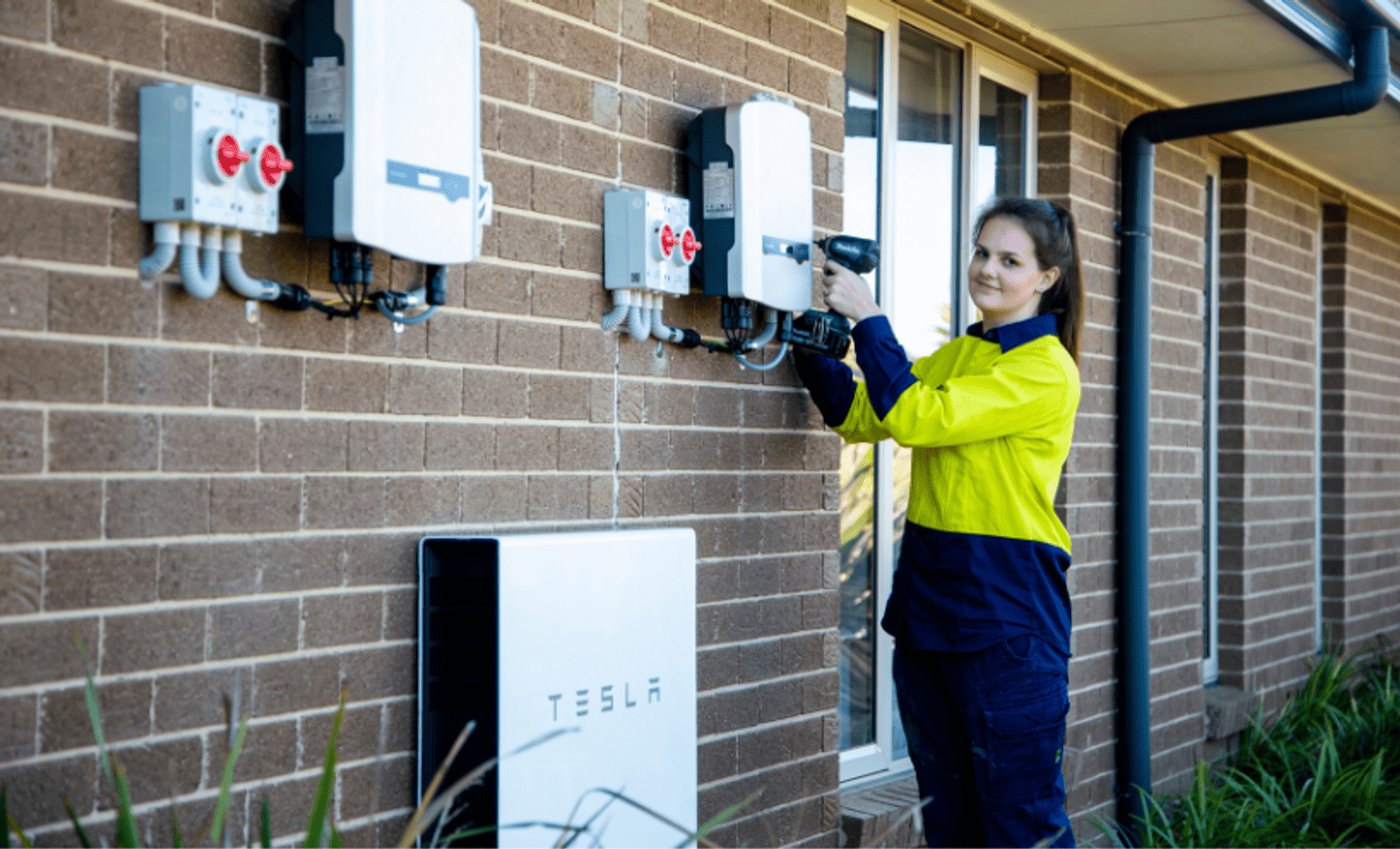Solar Homes Program installations can be audited as part of our commitment to safety and quality, and ensuring installations comply with the latest standards (see Audits).
Download the solar PV audit checklists
Independent auditors use this checklist when they conduct audit inspections of solar PV installations:
They look at the safety and quality of solar installations and determine where opportunities for improvement need to be followed up with the solar retailer.
Analysis of these audits led to Solar Victoria commissioning a series of technical guidance sheets and installation notes to help installers comply with all relevant industry standards and regulations when installing solar panel (PV) systems under our program.
Solar PV installation safety technical guidance sheets
These technical guidance sheets are part of a series we commissioned Grey Sky Solar Consulting to develop. Energy Safe Victoria has also reviewed this guidance.
To help installers maintain standards, they include installation advice and examples of compliant and non-compliant installations relating to documentation, the protection of wiring and wiring systems, and d.c. plug and socket connectors in reference to these standards:
- AS/NZS 3000:2018 Electrical installations “Wiring Rules”.
- AS/NZS 4777.1:2016 Grid connection of energy systems via inverters Part 1: Installation requirements.
- AS/NZS 5033:2021 Installation and safety requirements for photovoltaic (PV) arrays.
3.1 System documentation
This guidance provides further information to support installers’ understanding of applicable requirements relating to system documentation:
3.2 Protection of wiring and wiring systems
This guidance provides further information to support installers’ understanding of applicable requirements relating to the protection of wiring and wiring systems:
3.3 D.C. plug and socket connectors
This guidance provides further information to support installers’ understanding of applicable requirements relating to d.c. plug and socket connectors:
Solar PV installation notes
Independent audits of solar panel (PV) installations under our program have identified six non-compliance categories relating to questions in version 3.3 of the audit checklist. These are listed below, with installation notes to help installers avoid common defects and achieve better compliance.
We recognise there are different installation practices and urge installers to always refer to all relevant Australian Standards, network requirements and manufacturer’s installations requirements.
Series 2: Battery installation safety
Our battery technical guidance sheets are part of a series we commissioned TechSafe Australia and Grey Sky Solar Consulting to develop to support installers’ understanding of applicable requirements in AS/NZS 5139:2019 Electrical installations – Safety of battery systems for use with power conversion equipment.
More information
For other sheets in our series and more information about guidance installers can use to help keep workers and customers safe and put industry leading standards into practice, see, see Solar industry guidance.
Updated




